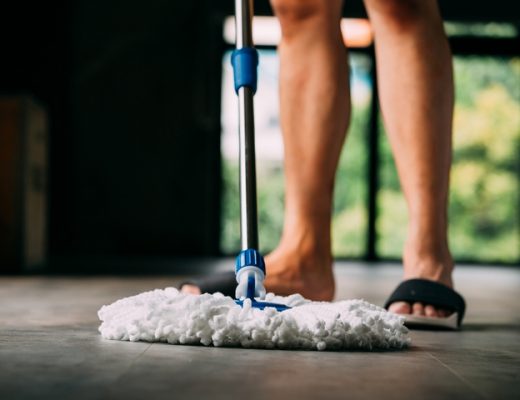A loose sink faucet is a problem, much more than a nuisance. A loose sink faucet can cause plumbing damage if it’s not addressed. Fortunately, with the right tools, this is not something you necessarily need a plumber to help with. Here are the steps on how to tighten your sink faucet.
A sink faucet loosens at the nut. If it’s been improperly tightened or has some wear-and-tear, eventually, it will loosen. This is the nut holding the faucet head and base together, typically located on the underside of the sink. It can be expected that over the months and years of use, the nut will damage and need a replacement.
A loose sink faucet base can cause rot and mould to develop in your kitchen area. It can cause a leak, resulting in water waste and rust. A certain type of loose faucet problem can pressure the waterline and possibly rupture it. Whenever you have an issue with water or plumbing, it’s not the sort of thing you want to wait to resolve. Contact a plumber immediately.
Alternatively, you can do the repairs by yourself. Here is how to tighten the sink faucet properly:
How to tighten a sink faucet

You only need two things to tighten a sink faucet:
- A flashlight.
- A basin wrench, vice grips, or a similar tool can grip and tighten the nut.
The most difficult part of tightening your sink faucet is finding the nut and strategizing how to access it. The nut is located under the sink. Once you gain access, all that’s left to do is tighten it. By tightening the nut, it will re-secure the faucet base, and then you won’t have any looseness left to deal with.
Remove what’s underneath your sink
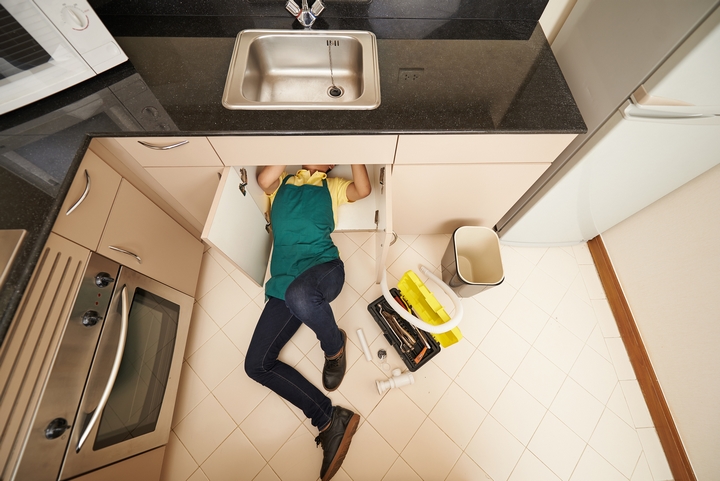
Before you get started, make sure you remove anything underneath the sink. Clear it all away. This is a common spot for household cleaners and other items. You need it all gone. By decluttering this area, you will be able to increase visibility and gain better access to what’s underneath your sink.
Turn off your sink faucet water valves
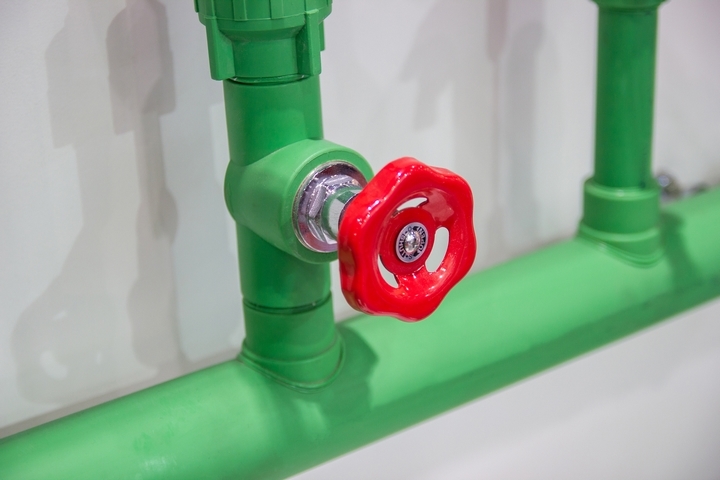
When doing any work on your sink or faucet, it’s best to shut off the water. Before you touch the nut, there will be two water valves located under the sink. Turn those off. This is just in case something unexpected happens while tightening the nut or if there’s a leak. It’s not necessary to the process but is good practice.
Use your flashlight to locate the nut
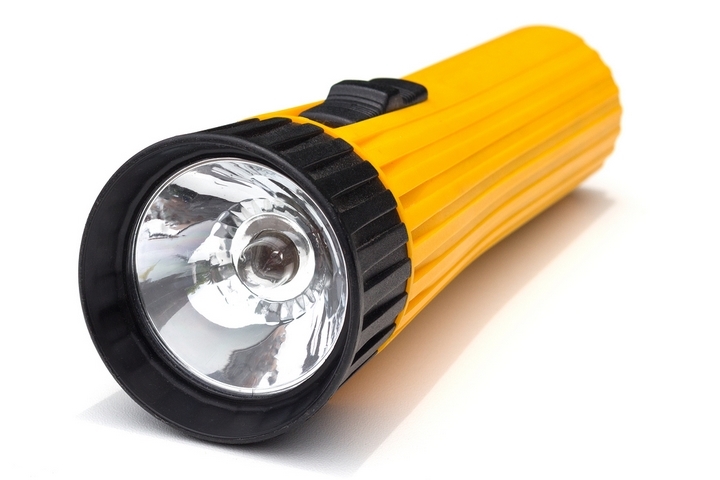
Get on your back. Slide under the sink faucet with the flashlight in hand. Locate the nut that secures the faucet in place. It should be directly under the sink and fairly easy to find with the visibility provided by the light.
Tighten the nut with a wrench
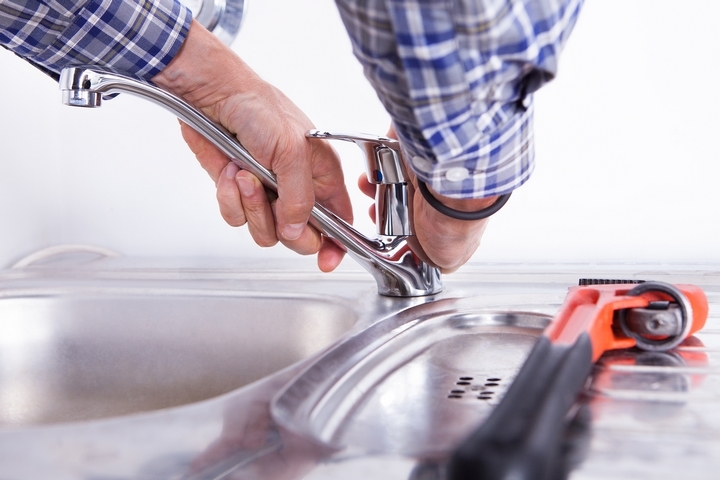
Make sure you have the correct sized wrench. Tighten the nut by turning it clockwise with your wrench. You may need to get in some unnatural positions to access the nut. This is fairly typical when getting to this part of your sink. It can be uncomfortable trying to tighten the nut. However, you will have done everything you need to keep your sink faucet tight once done.
Check the faucet base
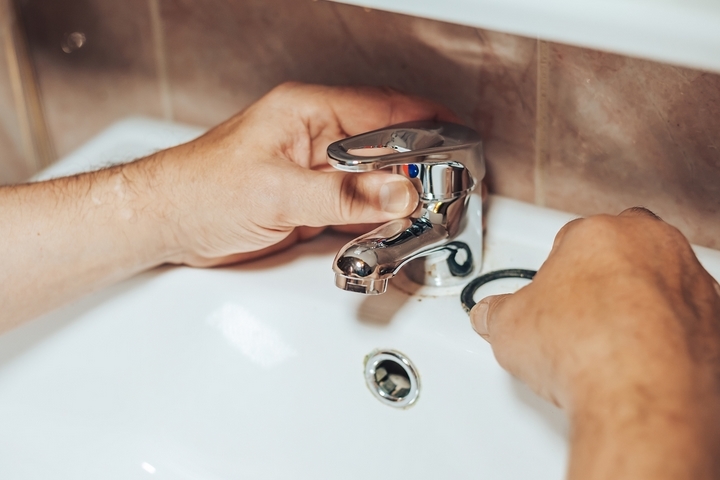
After the nut has been tightened and isn’t going any further, get up on your feet and ensure that the faucet base is not moving. It should no longer be moving around and loose.
If it is, repositioning may be needed, or you may need to look at where the faucet is placed about its cut out in the countertop. Ensure that it isn’t caught on something or encountering another issue resulting in a loose sink faucet.
Tighten with screws instead of nuts

You may go under your sink expecting to find a nut and discover two Phillip screws. If this is what you see, check to ensure that each screw is properly tightened.
When working on your sink, be aware that tightening it could mean not being as centred as before if the base is fully loose. You may need to get up and check before completing your work or undoing and then redoing the adjustments.
Afterward, turn the water valves back on. Move everything back under the sink. You’re done!
Tight the faucet handle
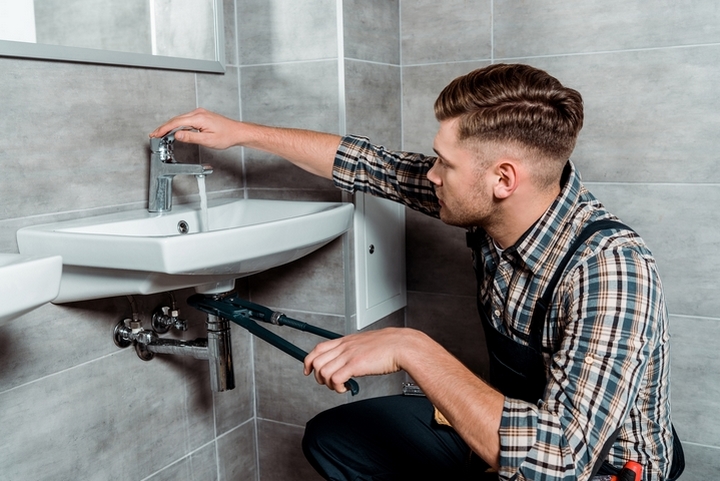
The faucet handle is another aspect of your sink faucet that may need tightening. There are many faucet handle types, though, from pull-out kitchen faucets to touchless kitchen faucets. Each is designed a little differently.
A faucet handle is typically tightened through an Allen key or a Phillips head screwdriver to tighten the screws underneath. Although a little more complicated, it’s easy once you know what type of setup you have.



